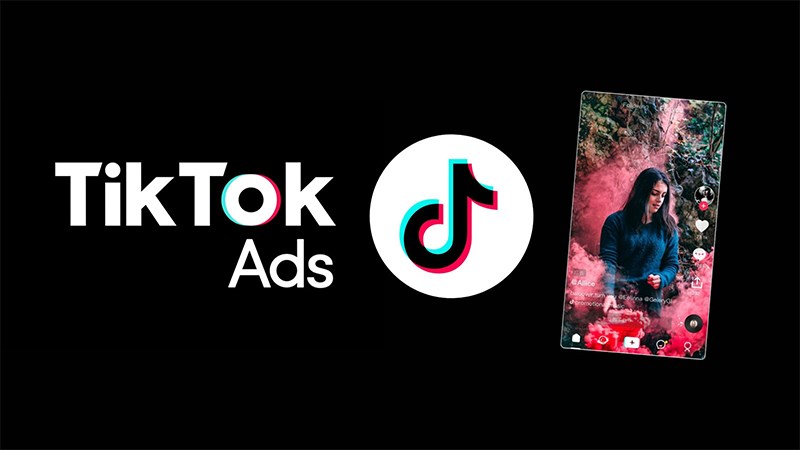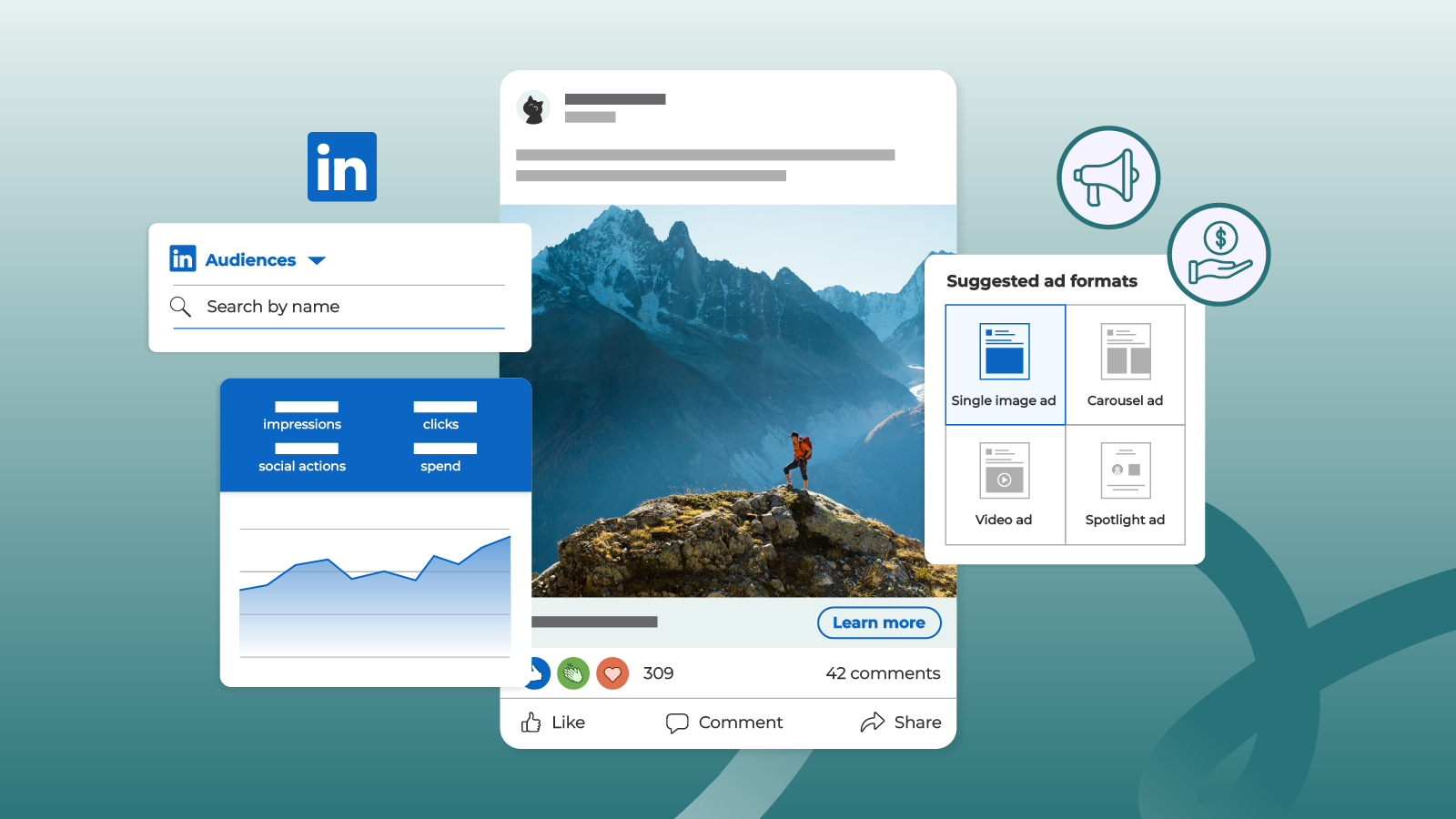
What is Advertising?
Advertising can be defined as a set of strategies and techniques aimed at promoting products, services or ideas through different media. It is a vital component of marketing and plays a significant role in the communication of brands with their audiences. As the global economy has evolved, so has advertising, adapting to new technologies and changes in consumer behavior.
In the current context, advertising is not only limited to traditional media such as television or radio, but also encompasses digital platforms, social networks and online advertising space. According to recent statistics, it is estimated that global spending on digital advertising will reach record figures, reflecting its growing importance in the marketing strategy of many companies. This trend underscores the relevance of effective advertising in the growth and visibility of contemporary businesses.
Advertising can take many forms, from visual ads to social media campaigns, and each of these formats requires a unique approach to connect with target audiences. In the digital age, brands must understand not only the message they want to convey, but also the most effective medium to reach their audience. Market segmentation, data analysis and the use of content marketing techniques have become essential to maximize the impact of any advertising campaign.
In addition, advertising has the potential to influence purchasing decisions and create a lasting brand image in the consumer's mind. Through well-crafted and creative messages, companies can not only attract customers but also build long-term relationships. This proves that understanding the concept of advertising and its application is crucial for any business looking to thrive in a competitive environment.
Effective Advertising Examples
Advertising has taken various forms over the years, and certain memorable examples stand out for their effectiveness in creating connections with the public. An emblematic case is Nike's "Just Do It" campaign, where the brand managed not only to inspire consumers through a motivational message, but also to consolidate its positioning in the sports market. Using iconic figures and emotional narratives, Nike transcended the boundaries of conventional marketing and aligned itself with the aspirations of its target audience.
Another significant example is Dove's "Real Beauty" campaign, which challenged traditional beauty norms and promoted acceptance of diversity. Through ads that featured women of different ages, sizes and ethnicities, Dove not only captured attention, but also generated conversations about self-esteem and self-acceptance. This strategy resonated deeply with consumers, creating an emotional connection that strengthened brand loyalty.
In the digital realm, Old Spice campaigns such as "The Man Your Man Could Smell Like" represent an excellent use of humor and creativity. Old Spice revitalized its image and captured the attention of a younger audience through clever ads on social media platforms and viral videos, ensuring that its message would endure in the minds of consumers. The brand's ability to adapt to trends and understand the consumer has resulted in significant resonance in the marketplace.
These wonderful examples underscore the importance of creativity, knowledge of the target audience and tailoring the message to the medium in which it is presented. Looking at the combination of humor, emotionality and storytelling in these campaigns, one can conclude that a well thought out and executed approach is critical to making a real positive impact in advertising.
Solutions and Tips for Successful Advertising
Developing effective advertising campaigns requires a combination of well-defined strategies and the application of best practices. A fundamental aspect is the identification of the target audience. To achieve this, companies must conduct market research to understand the demographics, interests and behaviors of their consumers. This information can be used to create more personalized and relevant messages, thus increasing the likelihood of capturing the audience's attention.
A valuable tip is to implement multichannel campaigns. Diverse platforms, such as social media, email, and online advertising, offer different ways to connect with audiences. Integrating these channels can maximize reach and ensure that the message is delivered effectively, taking advantage of the particularities of each medium. It is also crucial to avoid common mistakes, such as a lack of consistency in the message or not adapting advertising to the format of each platform. These mistakes can detract from the campaign and diminish its impact.
In addition, the use of appropriate tools and resources is essential to facilitate the creation and management of advertising campaigns. Platforms such as Google Ads and Facebook Ads provide accurate targeting options, helping to execute customized strategies that align with business objectives. These tools also allow you to track relevant metrics such as impressions, clicks and conversions, providing a clear picture of campaign success.
Finally, performance measurement plays a crucial role in optimizing advertising performance. By analyzing this data, companies can identify which tactics are working and which need adjustment. This continuous process of adjustment and improvement is vital to ensure the long-term effectiveness of any advertising strategy.
Ad Platforms: Free and Paid Options
When it comes to advertising, companies have a variety of platforms that can be categorized into free and paid options. Free platforms, such as social media (Facebook, Instagram, Twitter), allow businesses to promote their products or services without a direct cost. However, these options often require a significant investment of time and effort to create engaging content and achieve the desired engagement with the target audience. By using these platforms, companies can benefit from features such as audience segmentation and performance analysis, allowing them to adjust their strategies in real time.
On the other hand, paid platforms, such as Google Ads and LinkedIn Ads, offer businesses the opportunity to reach a wider and more targeted audience through paid ads. These platforms allow advanced configurations that optimize ad visibility and conversion, depending on the budget allocated. Companies can choose from different ad formats, from banner ads to video ads, giving them flexibility and a variety of creative options.
When deciding which platform to use, it is critical to consider the type of business and the budget available. A small business looking to expand its reach can start with free options and, as it grows, incorporate paid elements into its advertising strategy. In addition, tools such as KVTemplate are highly recommended, as they provide services that facilitate the creation of bio pages, QR codes and link shorteners. These resources integrate seamlessly into any advertising strategy, enhancing the user experience and optimizing ad performance.




